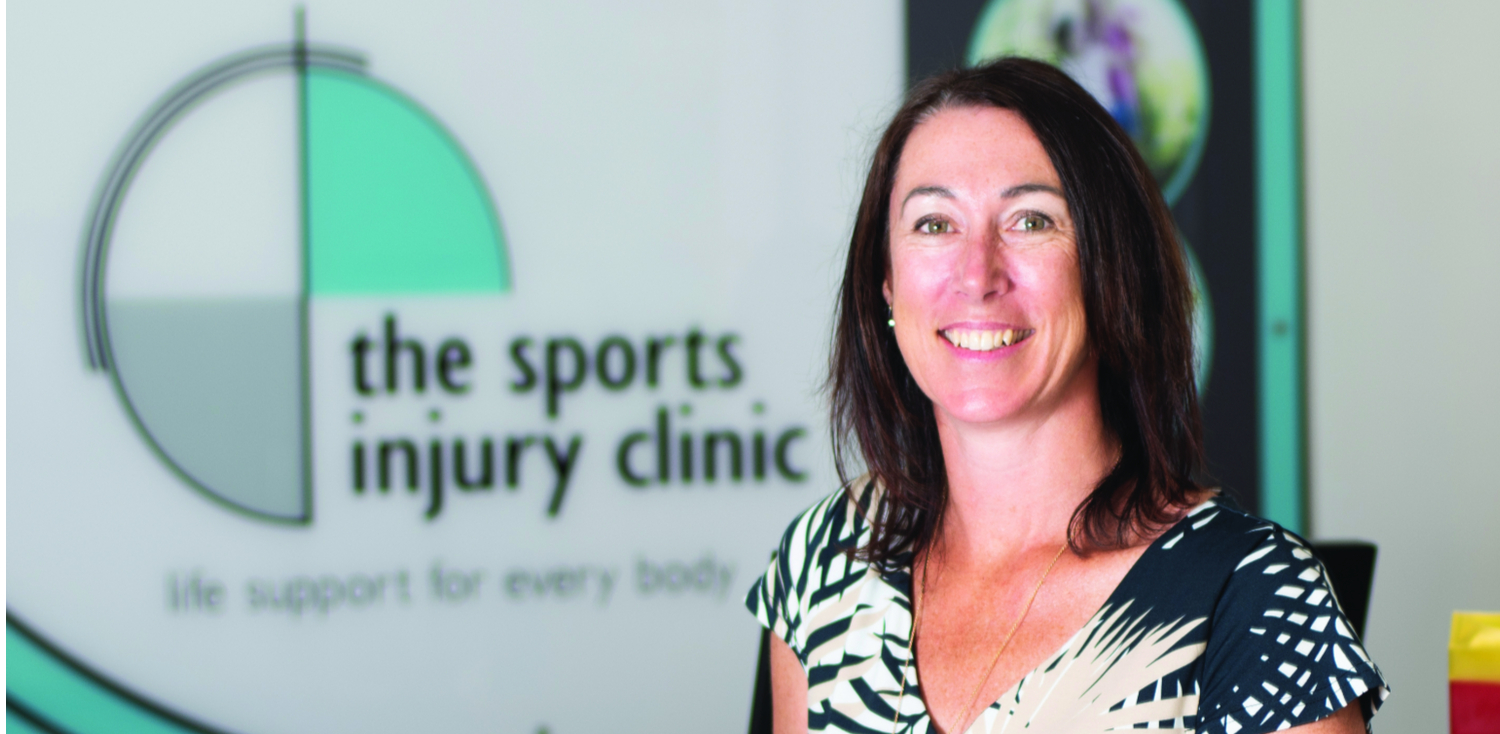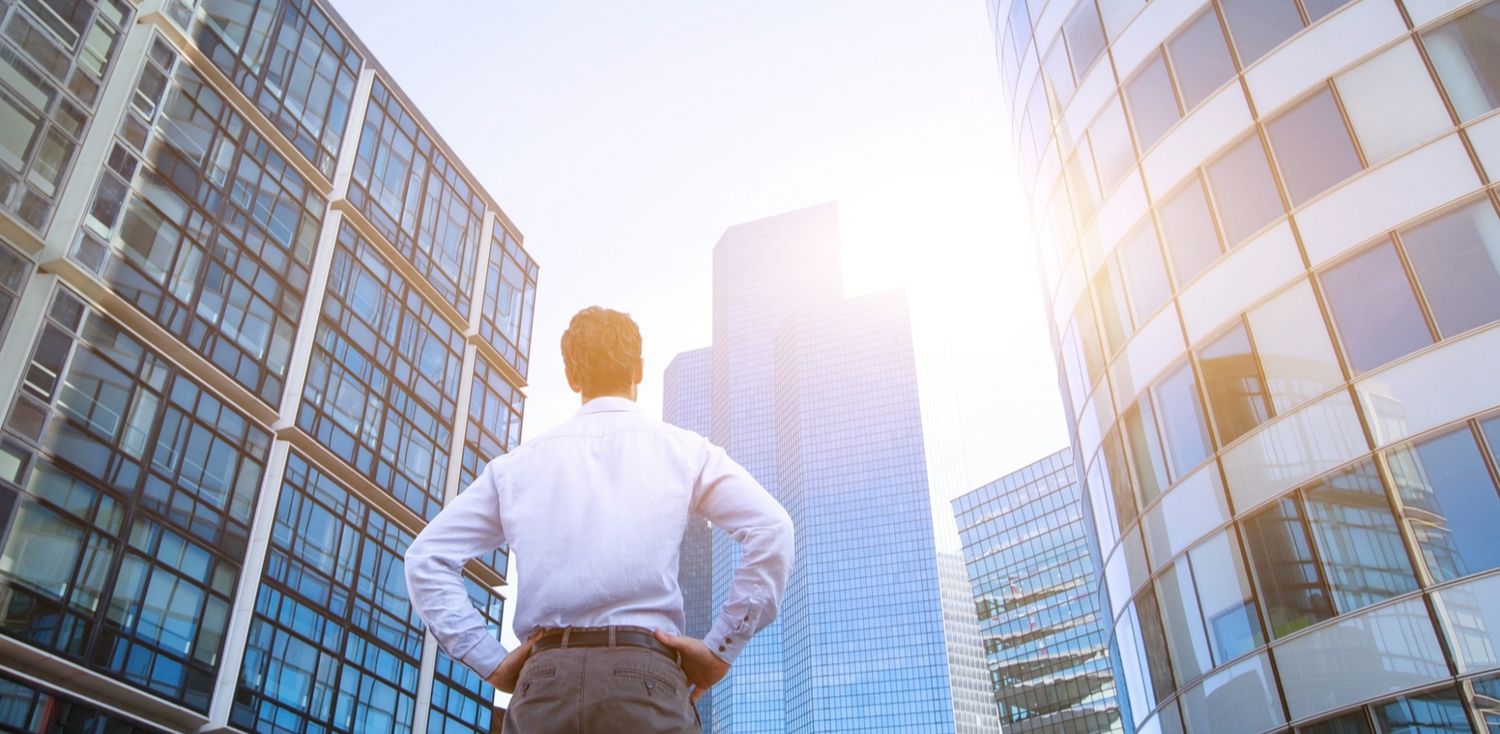By Anthony O’Brien
It’s not the start of an Irish joke, but what do search engine Google, retailer Target and bank JP Morgan, share in common? Apart from making plenty of moolah, these corporate heavyweights have introduced a commitment to mindfulness practices into their workplaces in recent years.
While often associated with adherents to the Buddha rather than mammon, mindfulness training courses are becoming common in New Zealand and Australian workplaces as firms seek ways to reduce stress and absenteeism, increase productivity, develop better leaders, and generate more creative workplaces.
The Australian Psychological Society’s website says work-related stress results when the demands of work exceed resources for managing those demands. Another report from the Victorian Government says workers experience stress over organisation culture, bad management practices, job demands, the physical work environment, relationships at work, change management, lack of support, role conflict and trauma.
MINDFUL LEADERSHIP
As a leadership tactic, mindfulness helps people to be more effective by directing focus to the most pertinent task at hand, according to Harvard Business Review. Deprogramming multi-tasking tendencies and intentionally focusing with full attention results in higher quality interactions and decisions, says HBR.
Pippa Hanson CMgr FIML, Chief Executive Officer from The Sports Injury Clinic, regularly speaks on the topics of stress management, work-life balance and thriving under pressure. The IML ANZ Member believes the age of the mobile phone and the internet has increased the need for mindfulness. “People are on their emails, not just when they’re sitting in front of a computer but they’re getting access on their phones. They’re carrying those phones around with them, they’re contactable 24/7 if they’re not putting boundaries in place.”
Creating boundaries is being mindful of what limits you’re setting for yourself as a manager and leader, “not only to complete your day-to-day activities, but so you know what your day looks like and what time it starts and finishes,” Hanson advises. “If you allow your day to be interrupted by responding to every email, you’re not mindful of what your day looks like, and that causes pressure, stress, poor mental health, and a lack of productivity. So, a lack of mindfulness has a negative impact on people’s work day.” Hanson also advises managers and leaders to be aware of how many times per day they check emails, while strategies such as turning off app notifications, can improve mindfulness.
DEFINING MINDFULNESS
Hanson says mindfulness can be confusing for the uninitiated. “I find some people only associate it with meditation or colouring in. They don’t believe that they’re mindful when they do other activities like crafts,” she says. “Mindfulness is about being present and aware of your current situation, rather than being on a mouse wheel and just going through the motions every day.”
For Hanson, who manages a busy allied health business employing 60 staff including health practitioners and administrators, mindfulness includes taking a midday break to assess the first half of the day before the afternoon shift begins. “I walk, at the end of the day because after a busy schedule of meetings, phone calls and face-to-face contact, just walking and listening to a podcast, radio or music, allows me to switch off from work, before I step back into family time.”
Hanson adds that mindfulness doesn’t just speak to physical fitness, but mental fitness and the ability to cope with pressure, stress, and the unexpected.

FINDING THE SWEET SPOT
A 90-day mindfulness plan has been around since Warren Buffett was a boy. But it’s only now becoming more widely accepted in business, says Hanson. “Mindfulness has crossed over into leadership in the workplace for health and wellness as well as business strategy and time management.” While practising mindfulness is part of Hanson’s daily routine, it is also a major component of her firm’s broader strategy. “Our leadership team takes a day every quarter to switch off from everything. This day is about focusing on our achievements and where we’re going, but really without interruption and without taking the phone calls and without reacting to the emails. This enables us to be present, slow down and focus without the extra pressure.”
Hanson says individuals will have a unique mindfulness sweet spot. “Mindfulness is different for everyone, and everyone does respond differently, and it’s about identifying that for yourself. There are simple breathing strategies that you can do at lunchtime to slow your heart rate down, and to take those deep breaths, which when you’re rushing and busy you don’t often do. Others might walk around the block, or someone might say, ‘No, I’m going to put my headphones on and listen to music for 10 minutes’.”
Laps of a pool give swimmers plenty of time to cogitate and practise mindfulness, while Hanson says some people gain satisfaction from running or riding. “When you’re focusing solely on something different, your present activity, you are switching off from work, or your family life because you can’t think of both of those things at the same time.”
If managers and leaders can understand mindfulness, they are better placed to educate their teams. “Maybe the phones haven’t stopped and the team won’t take a lunch break or a tea break. However, if managers and leaders can teach their employees about walking away and getting some fresh air and then coming back, it just makes for better relations in workplaces, better relations with clients and better outcomes for everyone.”
The full version of this article originally appeared in the September 2019 print edition of Leadership Matters, IML ANZ’s quarterly magazine. For editorial suggestions and enquiries, please contact karyl.estrella@managersandleaders.com.au.












